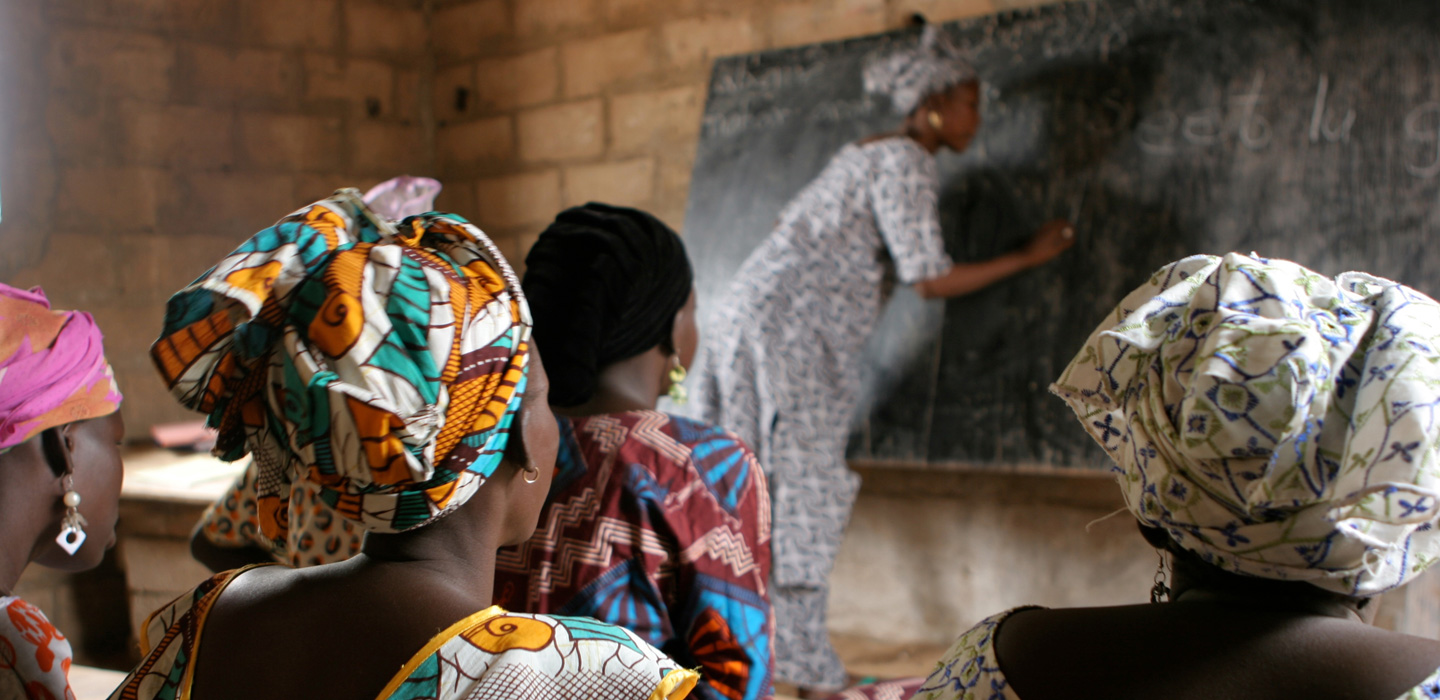Conocimientos
Recursos

Recursos
Search Results Filters
Resultados de la búsqueda
Lessons learned: Pastoralism land rights and tenure
Research Series Issue 3 - Fostering inclusive outcomes in African agriculture: improving agricultural productivity and expanding agribusiness opportunities
ASAP Bangladesh factsheet
change-related shift towards pre-monsoon rainfall is coinciding with the paddy rice pre-harvest period. This severely affects food output in the Haor, which provides up to 16 per cent of national rice production.
Financing Facility for Remittances
In 2016, around 200 million migrants worldwide sent home an estimated US$ 445 billion to their families in developing countries. These remittances provide for basic necessities such as food, clothing and shelter that are essential to lifting millions of people out of poverty. The truly transformative potential of these funds, however, lies in their investment in education, healthcare and asset building. To meet these needs, the us$36 million multi-donor Financing Facility for Remittances (FFR) has been working since 2006 with the goal of increasing the development impact of remittances and enabling poor households to advance on the road to financial independence and rural transformation. The FFR is administered by IFAD, a specialized agency of the united nations with the mandate to invest in rural people to eradicate poverty in developing countries.
Caja de herramientas: Servicios financieros digitales para los hogares de los pequeños agricultores
Los últimos adelantos de la tecnología y las telecomunicaciones tienen el potencial de hacer que los servicios financieros sean más accesibles y asequibles para los hogares de los pequeños agricultores de las zonas rurales. Gracias a plataformas digitales como los teléfonos móviles, los pequeños productores pueden ahora utilizar los servicios financieros sin tener que acudir a una sucursal bancaria.
10 points for a strategic approach to partnering with the private sector
Notas sobre: cómo establecer asociaciones entre el sector público, el sector privado y los productores en cadenas de valor agrícola
Las Notas aportan herramientas para el diseño y la ejecución de proyectos basadas en buenas prácticas que se han recogido de la experiencia en el terreno. Asimismo, sirven de guía a los equipos en la aplicación de recomendaciones específicas emanadas de políticas operativas del FIDA y de los requisitos básicos del Fondo para la realización de proyectos, y para la utilización de los instrumentos de financiación.
GEF Ethiopia factsheet
The Community-based Integrated Natural Resources Management Project is located in the Lake Tana Watershed within Amhara National Regional State. The project covers 21 Woredas (districts) comprising 347 kebeles.
Project operations will consist of two components, namely: (i) Community-Based Integrated Watershed Management; and (ii) Institutional, Legal and Policy Analysis and Reform.